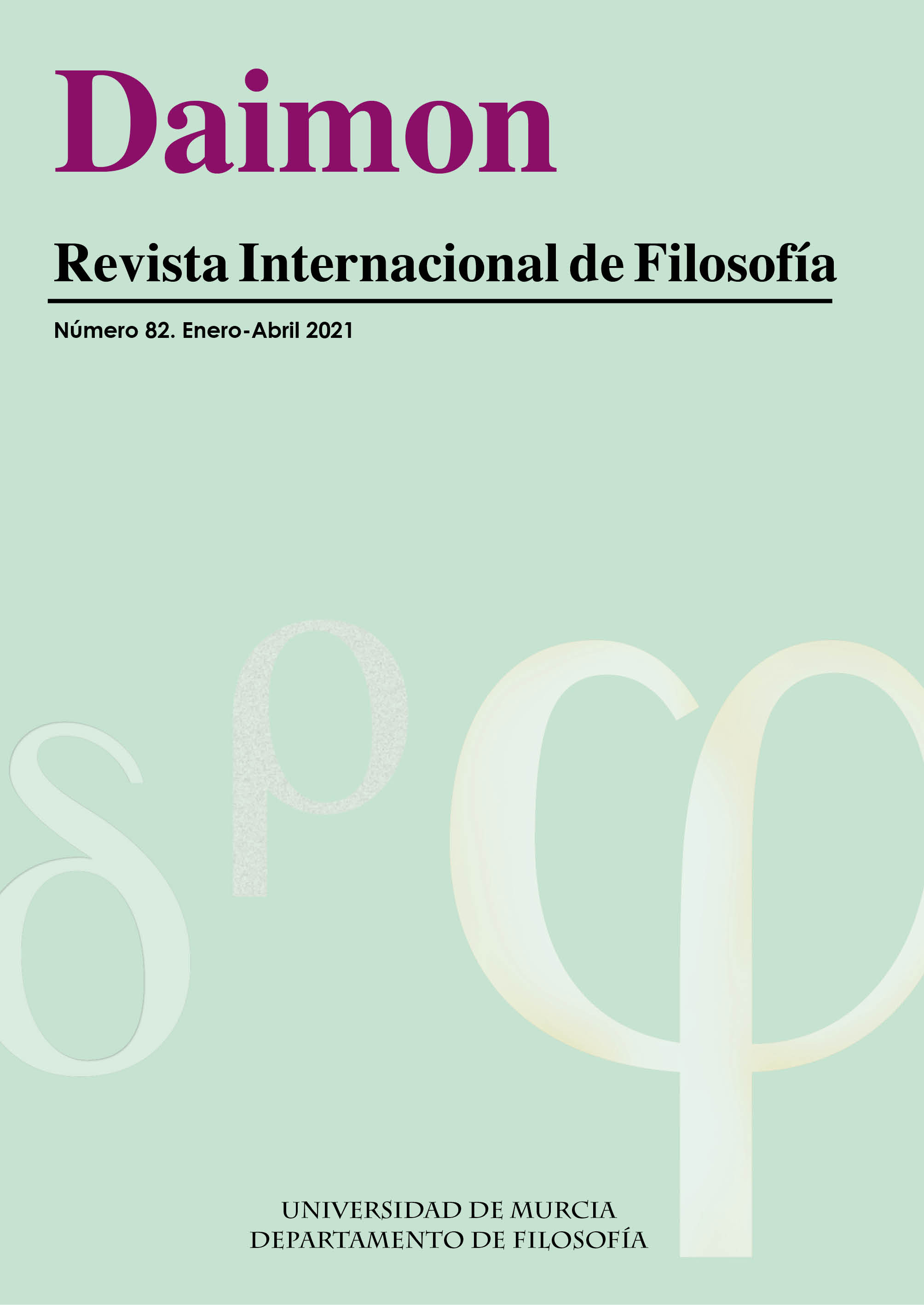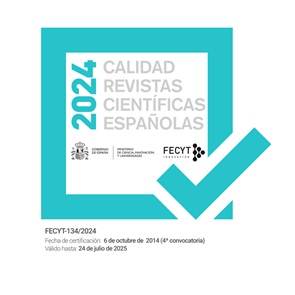The Notion of Harm and its role in Moral Judgments. An open debate
Abstract
Researchers belonging to the tradition of cognitive-developmental psychology have suggested studies that the perception of harm is central to the Moral Domain. This unifying proposal of the Moral Domain has provoked the criticisms of researchers working in Cultural Psychology. Haidt published in 1993 a very influential study, claiming to have found evidence for the existence of Moral Domains not linked to the notion of harm. In this paper, we briefly present the debate around the content of the moral domain. We then critically examine the study by Haidt et al. (1993). Finally, we present experimental results that question the conclusions of their study and suggest that the debate is still open.
Downloads
-
Abstract1385
-
PDF (Español (España))568
References
FLANAGAN, O. (2017): The Geography of Morals. Varieties of moral possibility, Oxford University Press, Nueva York.
HAIDT, J. (2001): “The emotional Dog and its Rational Tail: A social intuitionist approach to moral judgment”, Psychological Review, 108, 4: 814-834.
HAIDT, J. (2007): “The new Synthesis in Moral Psychology”, Science, 316, 5827: 998.
HAIDT, J. Koller, S. & Dias, M. (1993): “Affect, Culture and Morality, or is it wrong toe at your dog?”, Journal of Personality and Social Psychology, 65: 626.
KELLY, D., Stich, S., Haley, K., Eng, S., & Fessler, D. (2007): “Harm, affect, and the moral/ conventional distinction”, Mind & Language 22(2), 117–131.
MILLER, J. G., Bersoff, D. M., & Harwood, R. L. (1990): “Perceptions of social responsibilities in India and the United States: Moral imperativesorpersonal decisions”, Journal of Personality and Social Psychology, 58: 33-47.
NUCCI, L. (2001): Education in the moral domain, Cambridge University Press, Cambridge.
ROSAS, A. (2013): “Harm, Reciprocity and the Moral Domain”, Perspectives and Foundational Problems in Philosophy of Science, 493 – 502.
SHWEDER, R. A. (1990): “In defense of moral realism: Reply to Gabennesch”, Child Development, 61: 2060-2067.
SHWEDER, R. A., & Sullivan, M. A. (1993): “Cultural psychology: Who needs it?”, Annual Review of Psychology, 44: 497-52.
SHWEDER, R. A., Mahapatra, M., & Miller, J. (1987): “Culture and moral development”, En J. Kagan & S. Lamb (Eds.), The emergence of morality in young children, University of Chicago Press, Chicago.
STICH, S., Fessler, D., & Kelly, D. (2009): On the morality of harm: A response to Sousa, Holbrook and Piazza, Cognition, 113, 93–97.
TURIEL, E. (1983): The Development of social Knowledge: Morality and Convention, Cambridge University Press, Cambridge.
TURIEL, E., Killen, M., & Helwig, C. (1998): “Morality: Its structure, functions, and vagaries”, En J. Kagan & S. Lamb (Eds.), The emergence of morality in young children (pp. 155–244). University of Chicago Press, Chicago.
Las obras que se publican en esta revista están sujetas a los siguientes términos:
1. El Servicio de Publicaciones de la Universidad de Murcia (la editorial) conserva los derechos patrimoniales (copyright) de las obras publicadas, y favorece y permite la reutilización de las mismas bajo la licencia de uso indicada en el punto 2.
2. Las obras se publican en la edición electrónica de la revista bajo una licencia Creative Commons Reconocimiento-NoComercial-SinObraDerivada 3.0 España (texto legal). Se pueden copiar, usar, difundir, transmitir y exponer públicamente, siempre que: i) se cite la autoría y la fuente original de su publicación (revista, editorial y URL de la obra); ii) no se usen para fines comerciales; iii) si remezcla, transforma o crea a partir del material, no podrá distribuir el material modificado.
3. Condiciones de auto-archivo. Se permite y se anima a los autores a difundir electrónicamente las versiones pre-print (versión antes de ser evaluada) y/o post-print (versión evaluada y aceptada para su publicación) de sus obras antes de su publicación, ya que favorece su circulación y difusión más temprana y con ello un posible aumento en su citación y alcance entre la comunidad académica. Color RoMEO: verde.











